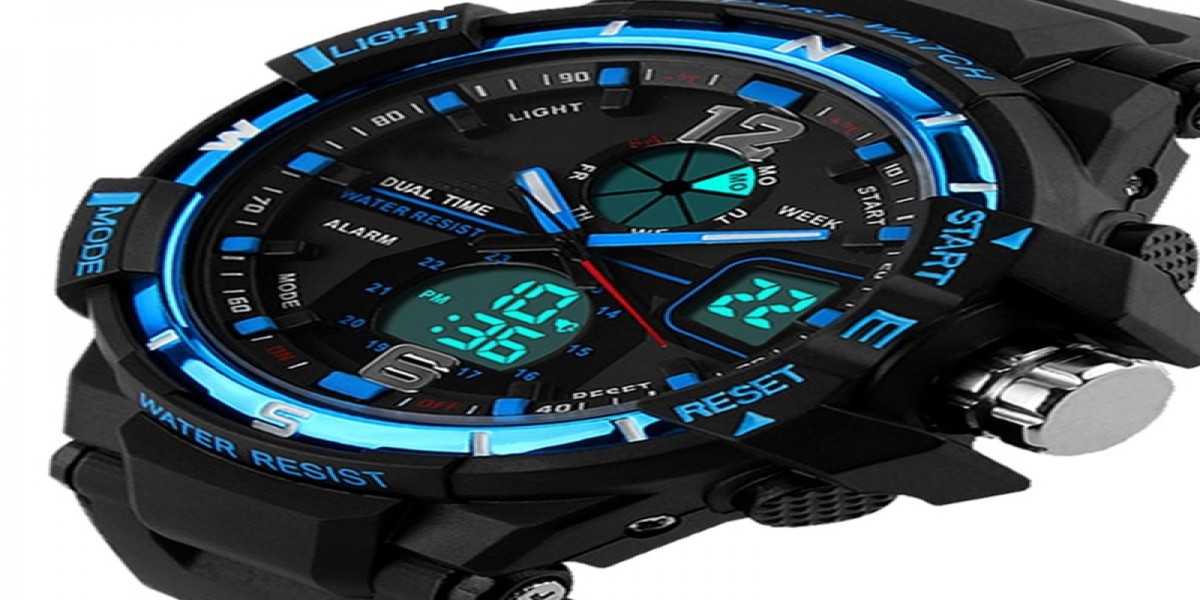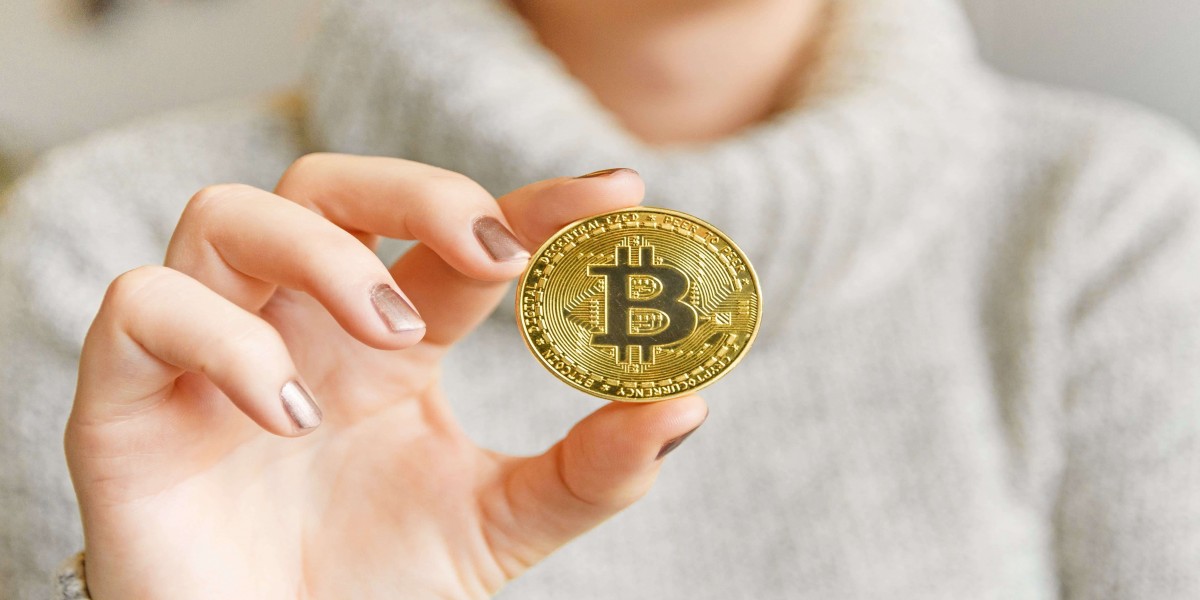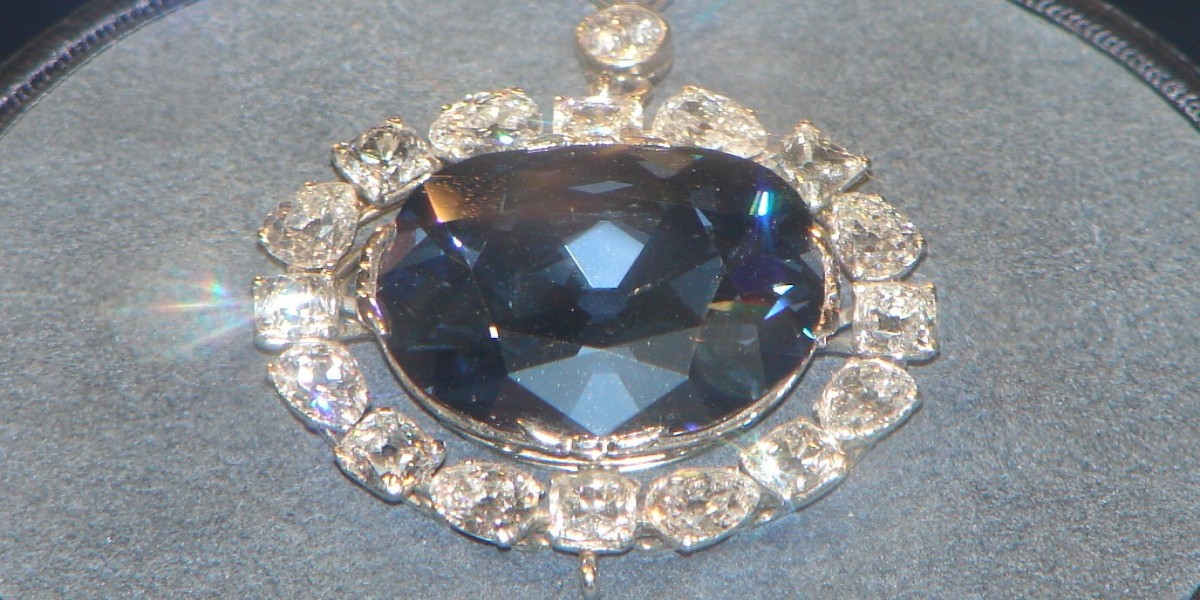A History of the World’s Most Expensive Pieces of Jewelry
Found deep within the earth, not even the extreme dangers of mining can keep people away from the obscure chunks of precious stone that have been considered of utmost value since even the most ancient civilizations. These precious stones, such as diamonds, rubies, emeralds, and jade, are an undying symbol of wealth and luxury.
Throughout history, jewels have been passed through the hands of royalty and socialites alike, sometimes even gifted from one to the next. Their monetary value reaches such exorbitant heights because of the demand of these jewels among the rich, royal, and famous. The following seven pieces of jewelry are some of the most expensive throughout all of time.
Have you ever wondered what the most expensive jewelry looked like? What kind of stone, what kind of piece (Pendant Necklaces? Hoop Rings? Bangle bracelets?) What follows are the most expensive and rare jewelry pieces sold for.
The Hope Diamond — $250 million
The most expensive and perhaps the most famous jewel in the world is a 45.52 carat blue stone known as the Hope Diamond. Experts think its unusual blue coloring comes from impurities caused by trace amounts of boron atoms.
Aside from its magical look, legends about the diamond’s bad luck and curses have created the opposite effect, making it a jewel that has been highly sought after throughout history. These legends may have been stimulated by the strange luminescence in the diamond. Its trace amounts of boron leave the stone glowing a startling red when removed from all light sources.
Before it became the Hope Diamond, this stone was even larger than it is now. It is thought to have come from the Golkonda mines in Southern India. In 1666, it was bought by a French gem merchant named Jean-Baptiste Tavernier and named the Tavernier Blue. Not too long after, it was cut and renamed the French Blue, under which name it was sold in 1668 by Tavernier to King Louis XIV.
In 1792, the French Blue was stolen from the royal family and cut again. The largest section of what remained of the diamond was named Hope upon its appearance in a London banking family’s gem collection in 1839. Their last name was Hope. From then it had several owners, but was eventually sold to a young socialite millionaire from Washington named Evelyn Walsh McLean in 1911. When she died (after undergoing many tragedies that are said to have come from the diamond’s curse), it was sold to another gem merchant named Harry Winston in 1949. He toured it for years before donating it to the Smithsonian Museum of Natural History in 1958, where it still remains on exhibit.





Joe
This is just a comment about the message here